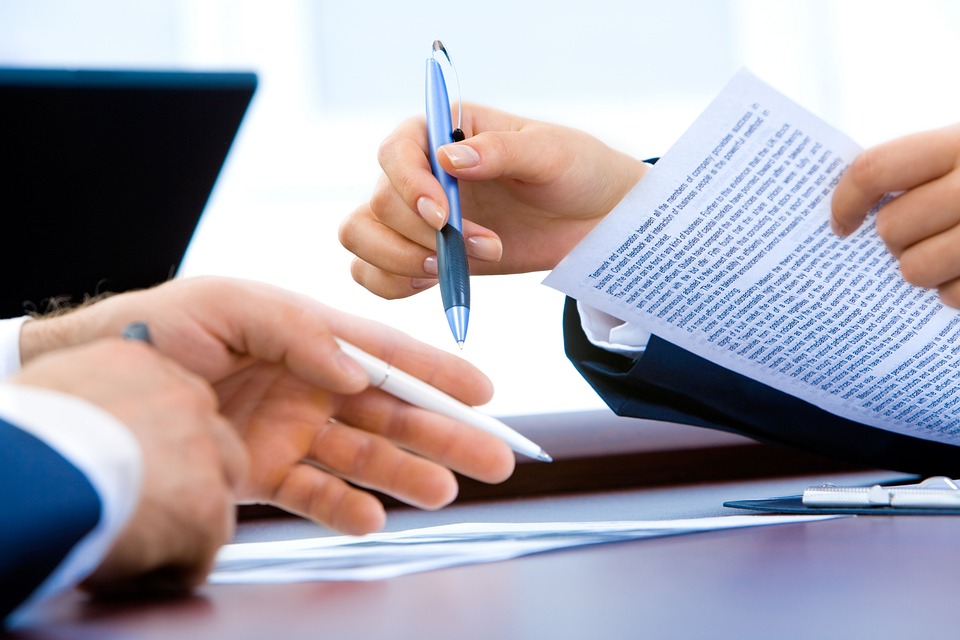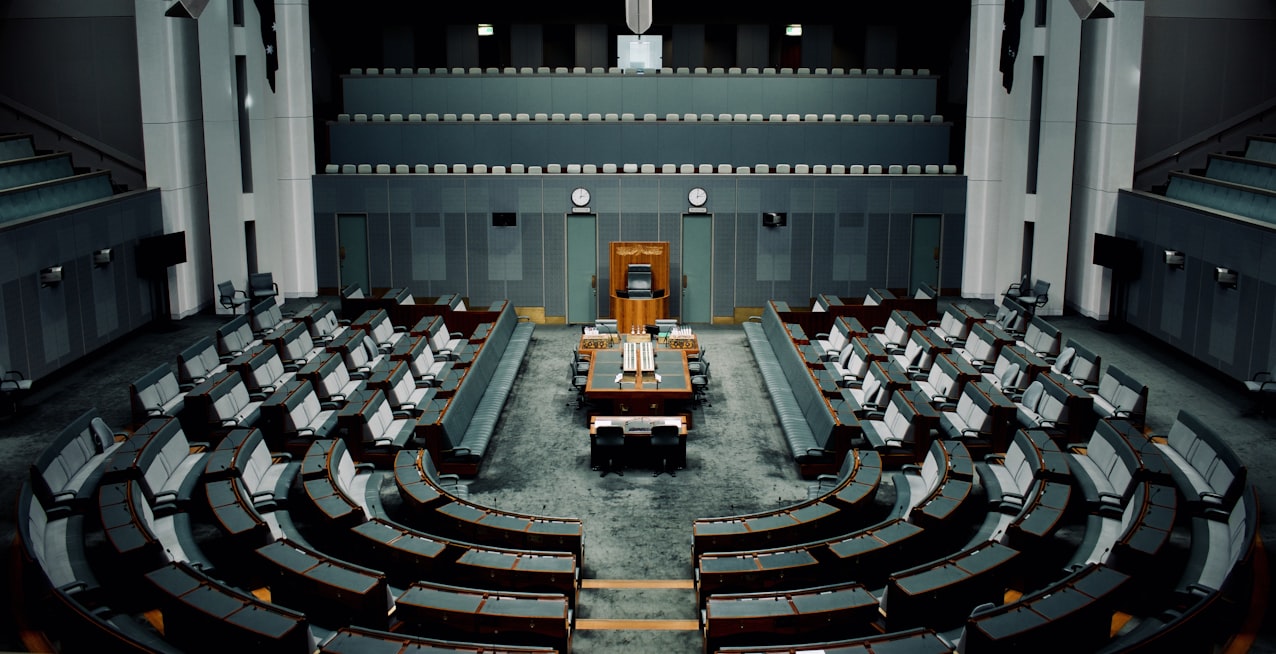Australia must change its approach to the exciting opportunity of hydrogen to achieve its climate targets and deliver the best economic and emissions reduction outcomes.
Hydrogen could be a major new industry and economic and employment driver for Australia if the nation grabs the opportunity of its competitive advantage with both hands through its expertise, infrastructure and commercial partners.
However, without much-needed pragmatic policy support, Australia is at risk of missing out on its share of a global low-carbon hydrogen market the International Energy Agency (IEA) suggests could reach over USD 115 billion in 2030 – a 100 times increase on 2022.
A miss like this could also produce knock-on impacts for the broader economy and major sectors such as manufacturing and its tens of thousands of jobs that rely on affordable and reliable energy.
The Australian gas industry is well placed to lead the charge into a hydrogen future in the same way the sector has built one of the most enviable LNG export industries on the planet while delivering so many economic benefits to Australians.
But like the broader discussion over the net zero energy transformation itself, the problem with the hydrogen debate is that it too often gets bogged down in debates over hydrogen “colours” and backing different fuels or technologies over others. A focus on inputs rather than outcomes.
The scale and urgency of the net zero transformation demands Australia adopt a technology-neutral, emissions-intensity focused hydrogen pathway that doesn’t exclude any fuels or technologies.
As the Commonwealth undertakes its review of the National Hydrogen Strategy, it is also seeking feedback on the implementation of its $2 billion Hydrogen Headstart program, which has already been limited to projects based on hydrogen from renewable energy.
Last week’s Future Gas Strategy consultation paper also had no mention of the fact that gas produces the cheapest and most cost effective form of hydrogen.
This approach is at odds with analysis from the IEA, the Intergovernmental Panel on Climate Change (IPCC) and, closer to home, the Commonwealth Scientific and Industrial Research Organisation (CSIRO).
These independent voices are all clear that all low-carbon hydrogen pathways have a role to play in a low-carbon hydrogen industry and in reaching net zero.
Natural gas with carbon capture, utilisation and storage (CCUS) is the lowest cost and most technologically advanced pathway, delivering significantly more emissions reductions per dollar today.
This method, according to the IEA, is expected to be two to six times cheaper than renewable-based hydrogen per kilogram of low-carbon hydrogen produced today – delivering up to six times more emissions reductions per dollar invested.
Natural gas with CCUS is also the most widely deployed pathway to low-carbon hydrogen, giving it the ability to scale up faster in the near-term, and to facilitate other low-carbon hydrogen pathways as they scale up and costs come down.
The IEA estimates there is around 650,000 tonnes of low-carbon hydrogen produced each year, of which 92% is produced using natural gas with CCUS, 5% is produced from bioenergy, with the remaining 3% produced from wind and solar.
Under the IEA’s Net Zero by 2050 scenario, over a quarter of hydrogen in 2030 will be made from natural gas with CCUS.
In its 2023 Global Hydrogen Review, the IEA warns that political momentum for hydrogen is not translating to deployment, in part due to challenges of low demand and high costs.
This includes a significant increase in the installed cost of the electrolysers needed to convert electricity into “green” hydrogen – increasing by an average of 9% year on year and as much as 40% in Europe since 2021.
So why would Australia rule out the cheapest pathway for low-carbon hydrogen production?
This not only has implications for our ability to be competitive in the global hydrogen market, but means imposing relatively higher input costs for Australian manufacturing and industrial facilities that will ultimately rely on hydrogen.
To be clear, this is not to suggest that we shouldn’t be supporting the development of renewables-based hydrogen production.
In fact, this is an area where the oil and gas sector is playing a central role. According to the IEA, 80% of all large-scale renewable-based hydrogen projects today are being developed by, or in partnership with, the oil and gas industry.
The discrimination against different “colours” of hydrogen is counter-productive and will ultimately slow the development of a national hydrogen industry.
Australia’s hydrogen strategy needs to focus on the factors that matter – emissions intensity and cost of production.
These are the economic and environmental foundations that will ultimately determine the success or otherwise of hydrogen, not which technology is used.
Samantha McCulloch is the Chief Executive of Australian Energy Producers, the peak industry body for the explorers, developers and producers of essential energy – oil, gas and lower emission fuels








